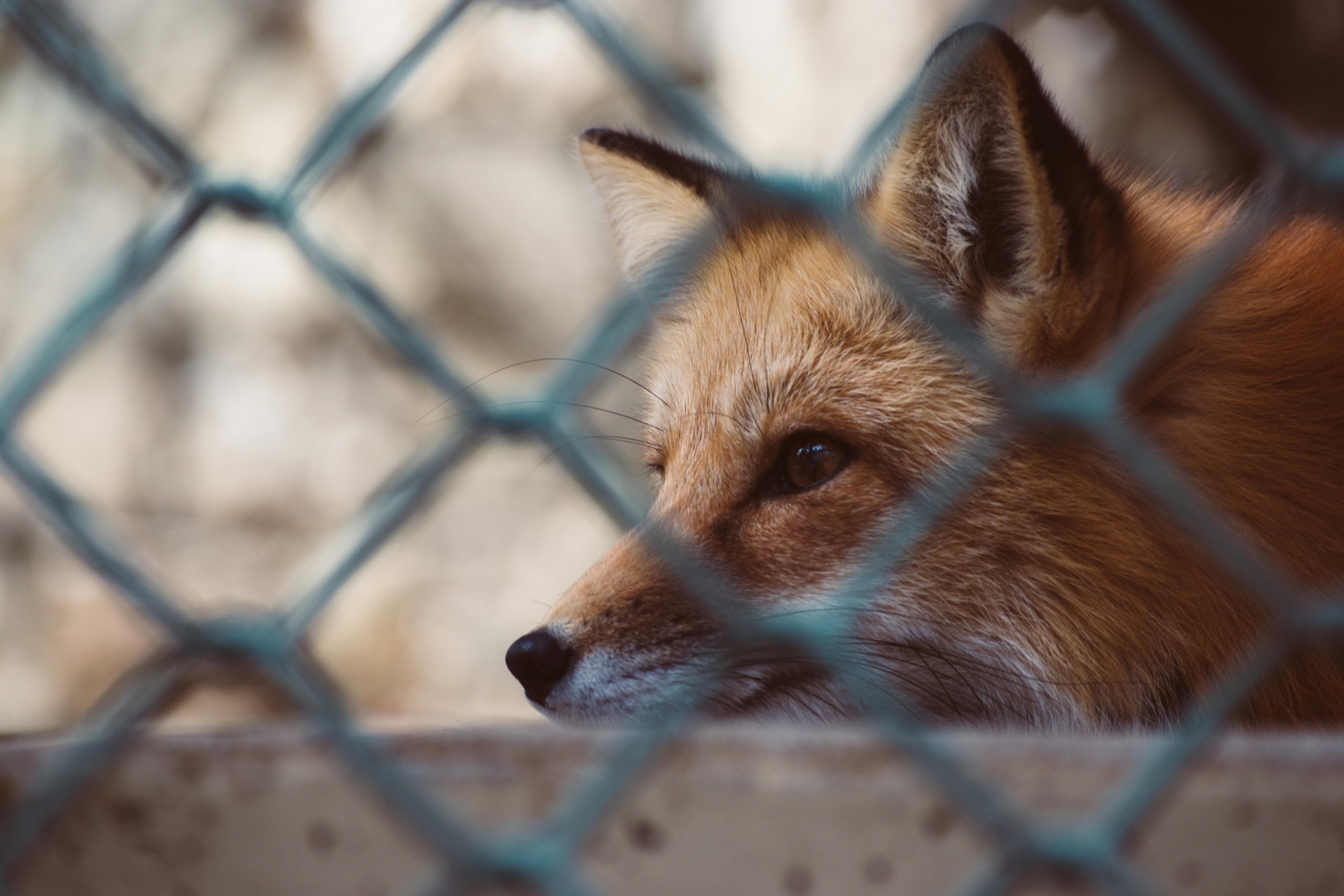Unmasking the Secret Lives of Urban Foxes
At the intersection of urban sprawl and wildlife conservation, a surprising and enchanting story is unfolding: the adaptation and survival of foxes in our rapidly urbanizing world. The urban fox phenomenon is not a recent development. The first recorded sightings of foxes in cities date back to the 1930s, in British towns. The post-war housing boom in the 1950s, which led to the construction of sprawling suburbs with abundant green spaces, attracted these cunning creatures to the city outskirts. This urban migration was also aided by the decline in hunting and the increase in waste food available. Over the decades, urban foxes have steadily increased their presence in cities worldwide, from London and Berlin to Melbourne and Tokyo.

The Current Scenario: Urban Foxes in the Modern Cityscape
Fast forward to today, and foxes have become a common sight in many cities across the globe. They have adapted remarkably well to urban life, making their homes in gardens, parks, and even under sheds or decks. Although primarily nocturnal, they are also often spotted during the day, rummaging through rubbish bins or darting across streets.
Recent studies reveal there could be as many as 18 foxes per square kilometer in certain parts of London. Similarly, Berlin is estimated to be home to roughly 3,000 foxes, and in Melbourne, fox numbers are believed to be one per every 40 residents.
Pet Products and Trends: The Fox-Proof Garden
As a result of this increasing urban fox population, a new industry has sprung up: fox-proofing. From specially designed bins to secure compost heaps, to ultrasonic deterrents and even sprays mimicking the scent of a fox’s natural predators, the range of products available is vast. Prices can vary greatly, from a few dollars for anti-fox sprays to several hundred for professional fox-proofing services.
The Research Perspective: Understanding Urban Fox Behavior
Research into urban fox behavior is providing fascinating insights. Studies have shown that urban foxes have smaller home ranges than their rural counterparts, as food sources are more concentrated. They have also demonstrated remarkable flexibility in their diet, consuming everything from rodents and birds to fruits, vegetables, and human leftovers.
One of the most intriguing findings is their apparent lack of fear of humans. Unlike their rural counterparts, urban foxes seem to have adapted to human presence, often appearing quite bold. However, this is not to suggest that they are any less wild. They are simply adapting to their environment and learning to exploit it in innovative ways.
The Future of Foxes in Our Cities: Coexistence or Conflict?
The presence of foxes in urban areas is not without controversy. While some city dwellers enjoy their presence, viewing it as a welcome touch of wildlife amidst the concrete jungle, others see them as pests, associating them with noise, mess, and potential disease transmission.
As cities continue to expand, and urban fox populations continue to grow, it’s clear that we need a comprehensive strategy for managing our coexistence with these adaptable creatures. This calls for continued research, public education, and perhaps a shift in our own perceptions of urban wildlife.
In conclusion, the secret lives of urban foxes reveal a fascinating tale of adaptation and survival. As we continue to share our cities with these creatures, it’s crucial that we strive to understand and respect their place in our urban ecosystem. After all, they are a testament to the remarkable resilience of nature, even in the face of rapid urbanization.





